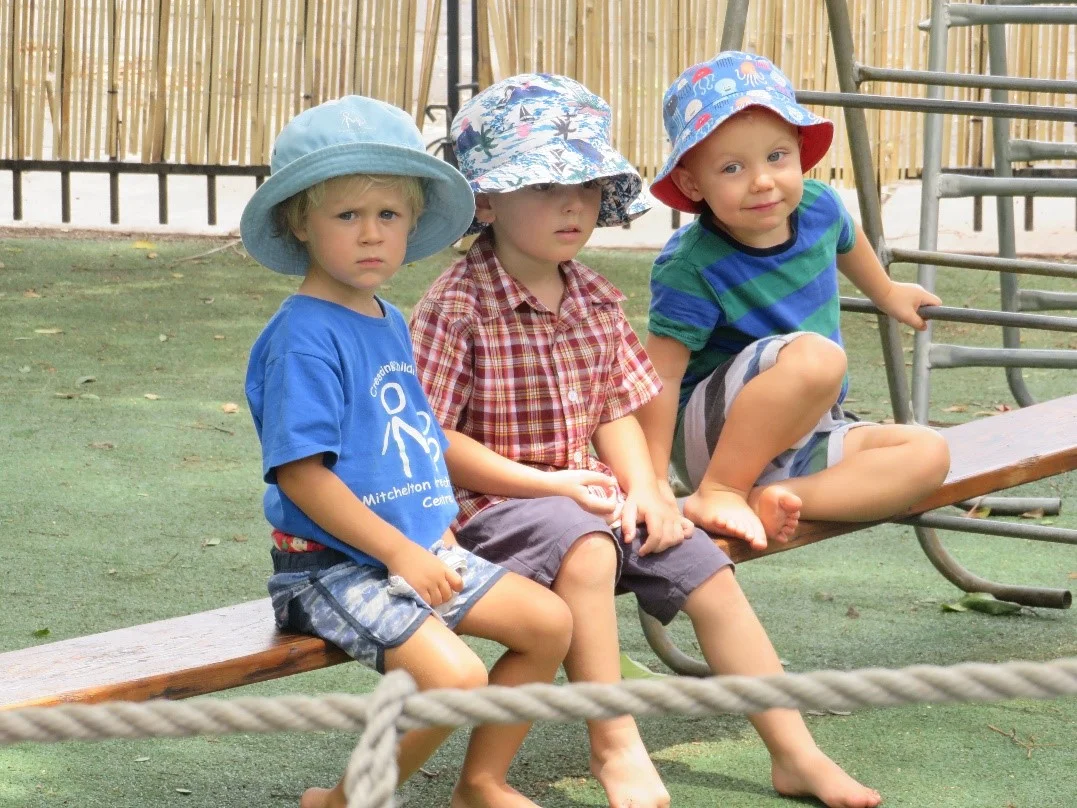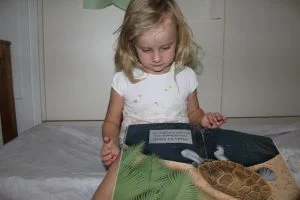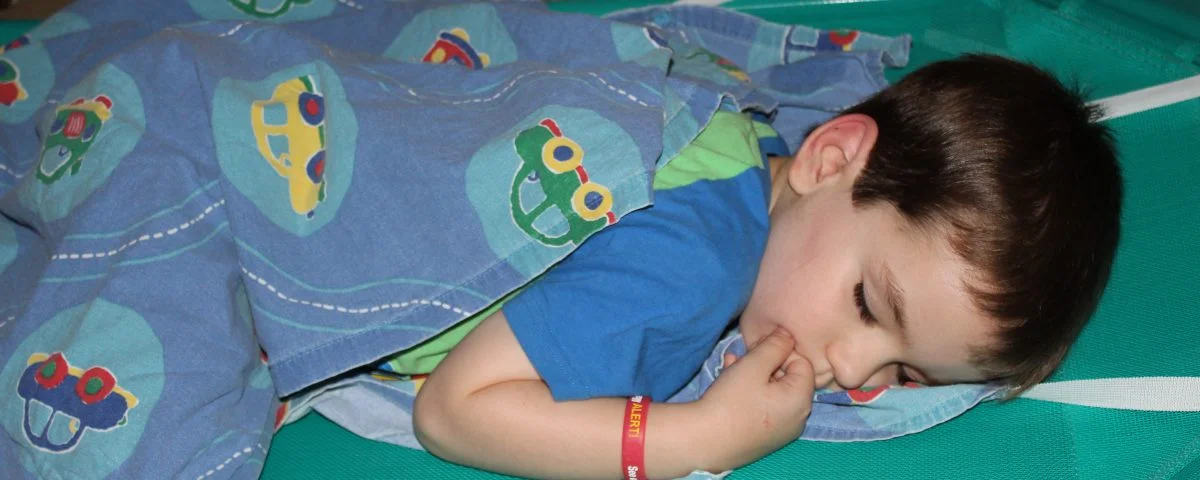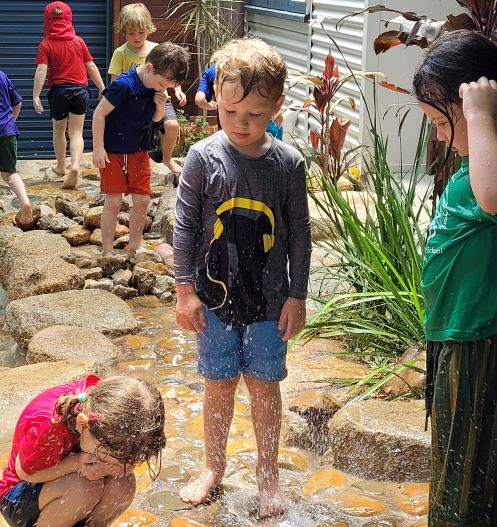
Saying goodbye…
February 8, 2019Circle of Security Parent Information
April 1, 2019How do we support children’s resting and sleeping patterns in a group context? How do we manage some parent’s requests for their child to sleep and others for their child not to sleep? What do we do when a child whose parent was keen for their child to rest only, falls asleep? Should we wake children, particularly those children who would normally sleep much longer at home? These are some of the questions we have been pondering recently.
Sleep and rest in early childhood services is controversial and often tensions arise as we try to respond to the needs of children and parents in the group. The tension arises when children’s rights, family rights and ECEC responsibilities are all being considered. As stated in the Australian Journal of Early Childhood, the issue of child and family agency in determining sleep/rest needs and the appropriate timing for meeting these needs is set against the ability to accommodate needs within the ECEC environment.1 It’s complicated! A core principle of the Code of Ethics states that effective learning and teaching is characterised by professional decisions that draw on specialized knowledge and multiple perspectives. Hence we’ve used the ethical decision-making tool to help us frame our thinking and decision-making. Each teaching team assesses their own individual and group dynamics and re-assessments as the year progresses inform changes in rest routines.
What does the research say? It’s very clear that:
- sleep is vitally important for young children.
- sleep consolidates into night time with habitual daytime sleeps ceasing. The speed that this pattern occurs is individual and affected by a range of factors both at home and in centre settings.
The rationale in the Gowrie Sleep and Rest Time Policy highlights
- the importance of positive experiences around sleep and rest for children’s overall well-being.
- that young children are active explorers of their world with play and learning being exhausting processes.
- that sleep and rest time, therefore needs to be an opportunity for children to recharge so they can begin new adventures.
So, what do we do at MPC. We call it a rest time and rest time practices may change as the year progresses. There are no expectations for children to sleep, however, we aim to create an environment where it is possible for children who do need to sleep, can. We talk with the children about the importance of rest and relaxation for their own bodies. When children with a variety of rest and sleep patterns are in the same space, children are supported in their developing awareness of considering others alongside their ability to inhibit their own responses: valuable for fostering positive relationships and executive functioning. A range of relaxation cues to begin resting, such as reading a story, calm breathing and quiet music set the scene for a rest. For children who have rested for a short time, a range of quieter experiences are offered. Possibilities include books, puzzles, activities in a bag which may be introduced at various times of the year.
The hot weather along with adjusting to a new group environment are factors that may impact on children sleeping at kindy when they may not at home. Being one of 22 brings its own joys and challenges. Sometimes a short nap leads to a more pleasant afternoon when children have had an opportunity to re-set. We acknowledge that not all children will enjoy “rest time” and given the choice they would rather play. However, children, who are clearly showing signs of tiredness, do not have the neurological pathways and awareness to understand that the feeling of being tired and grumpy later in the day could have been reduced by resting for a short time rather than play. We need to communicate to children why taking time out to rest and relax bodies and brains (at any age) is an important for self-care and well-being.
We absolutely acknowledge, and many of us remember when our own children were also transitioning, that some children’s night time sleep patterns are affected by a day time nap. This can be difficult to manage. Solutions can be many and varied. We listen to parents concerns and aim to brainstorm possibilities together, being mindful of balancing all the children needs and ensuring adequate supervision. Sometimes waking children after a short sleep is an option and we let you know daily who has had a sleep. Parents are very welcome to visit during a rest time to see our practice in action. Just as we aim to consider many and varied perspectives we invite parents to do the same. As stated earlier, it’s complicated and we are encouraged by parents, teachers and educators continuing to communicate and work together to support children’s rest and sleep patterns.
1 Staton S, Irvine S, Pattinson C, Smith S, Thorpe K The sleeping elephant in the room: Practices and policies regarding
sleep/rest time in early childhood education and care AJEC Vol. 40 No. 4 December 2015 p78





